How Does Leasing Property Work? A Simple Guide for Owners and Renters
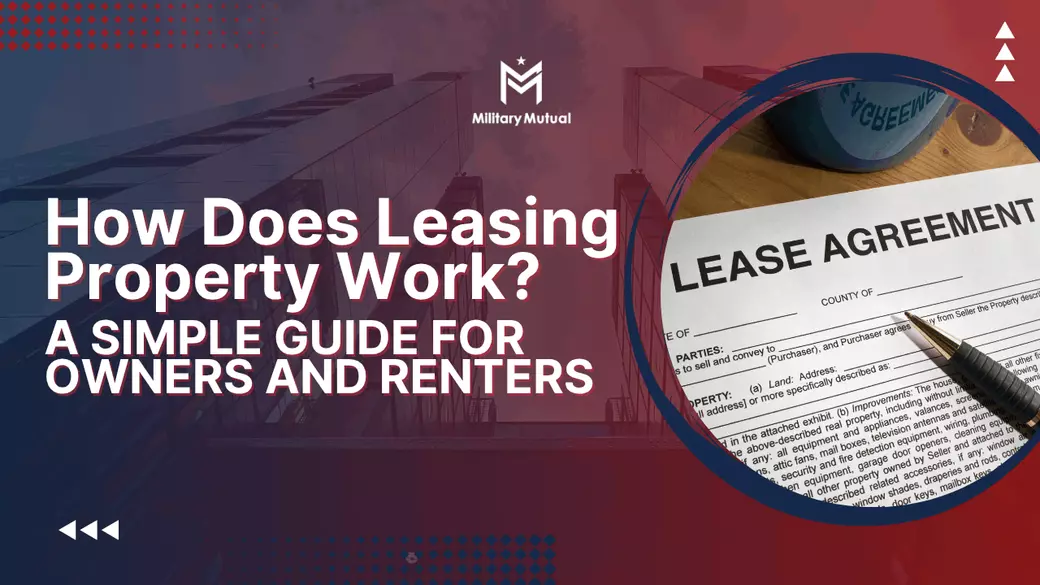
How Does Leasing Property Work? A Simple Guide for Owners and Renters
Published: June 2025
By Military Mutual
Whether you're a property owner looking to generate income or a renter searching for your next home, understanding how leasing property works is essential. Leasing involves a legal agreement, financial commitments, and ongoing responsibilities on both sides.
In this guide, we’ll walk you through the leasing process, key terms, and what to expect—whether you’re the landlord or the tenant.
📜 What Is a Lease?
A lease is a legally binding contract between a property owner (landlord) and a tenant, granting the tenant the right to occupy the property for a specific period in exchange for rent.
Common Lease Terms:
-
Lease duration (usually 6–12 months, but can vary)
-
Monthly rent amount
-
Security deposit
-
Maintenance responsibilities
-
Rules and restrictions (pets, guests, subletting, etc.)
✍️ Once both parties sign the lease, the terms are enforceable under state and local laws.
🧭 Step-by-Step: How Leasing Property Works
For Property Owners/Landlords:
-
Prepare the property: Ensure the home is clean, safe, and compliant with local rental laws.
-
Set rent and terms: Price the unit competitively and decide on lease conditions.
-
Market the property: List it on rental sites or work with a property manager.
-
Screen tenants: Run background checks, credit reports, and verify income.
-
Sign the lease: Once approved, both parties sign the rental agreement.
-
Collect security deposit and first month’s rent.
-
Handover keys and property.
-
Manage the lease: Handle maintenance, rent collection, and tenant communication during the lease term.
For Tenants:
-
Search for available rentals: Use sites like Zillow, Apartments.com, or local listings.
-
Submit rental applications: Provide references, income proof, and personal info.
-
Review the lease: Read all terms carefully, including rent increases and penalties.
-
Pay the deposit and rent: Usually one month's rent plus a security deposit.
-
Move in and maintain the property: Follow all lease rules and pay rent on time.
-
Request repairs when needed: Communicate with the landlord or manager.
-
Give proper notice before moving out: Typically 30 days before lease ends.
🔁 Renewing or Ending a Lease
At the end of the lease term, both parties have options:
-
Renew the lease (with or without updated terms)
-
Go month-to-month (if both agree)
-
Move out (with proper notice)
Tenants may lose their deposit if they damage the property or break lease terms. Landlords must follow proper legal steps for eviction or non-renewal.
⚖️ Legal Considerations in Leasing
Each state (and often cities) has rental laws covering:
-
Security deposit limits and return timelines
-
Rent control or increase rules
-
Eviction procedures
-
Fair housing regulations
💼 Always use a written lease and consult local regulations or a property attorney to stay compliant.
🧾 Leasing vs. Renting: Is There a Difference?
Technically, “leasing” usually refers to a longer-term, fixed contract (6–12 months), while “renting” can mean shorter or more flexible agreements. In real estate, though, the terms are often used interchangeably.
✅ Final Thoughts: Leasing Made Easy
Leasing a property is a partnership between landlord and tenant. With clear communication, legal agreements, and mutual respect, the process can be smooth and beneficial for both parties.
Categories
Recent Posts

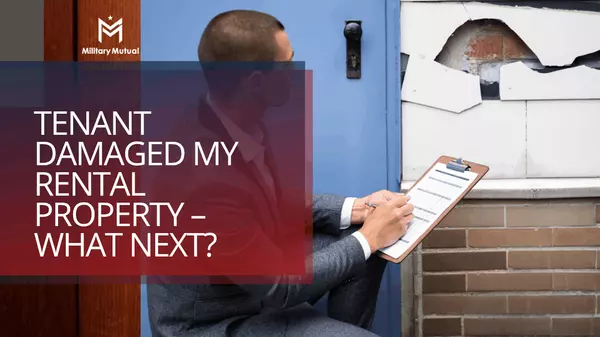
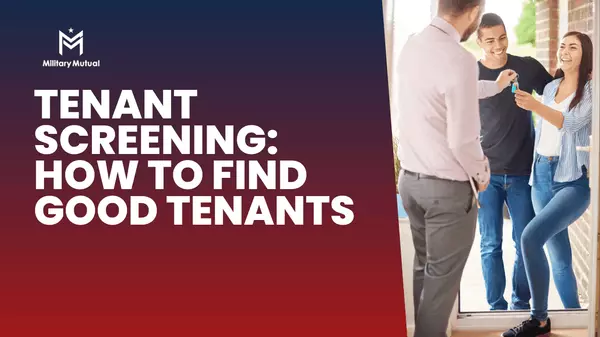



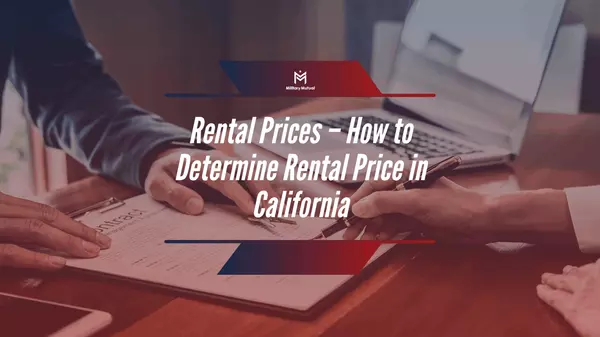

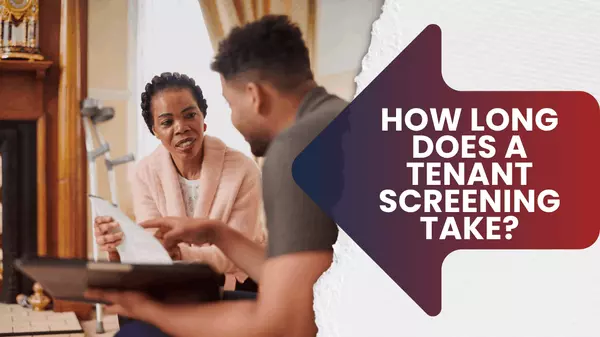

"My job is to find and attract mastery-based agents to the office, protect the culture, and make sure everyone is happy! "
